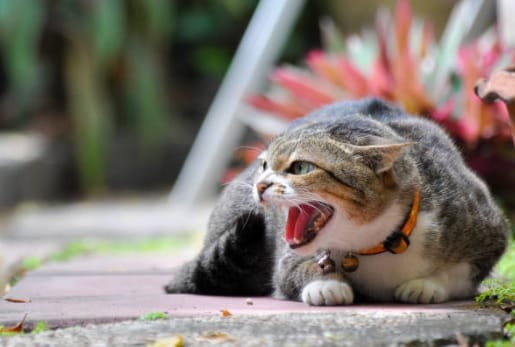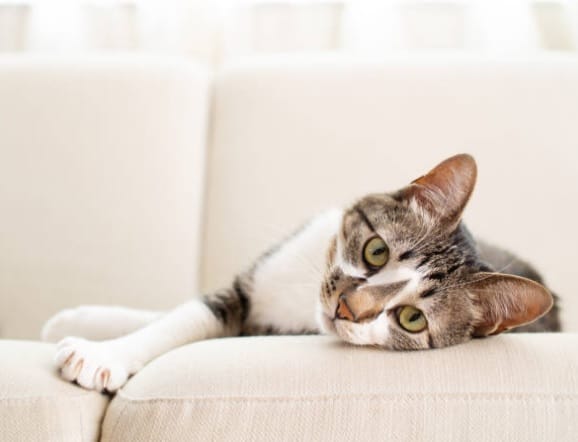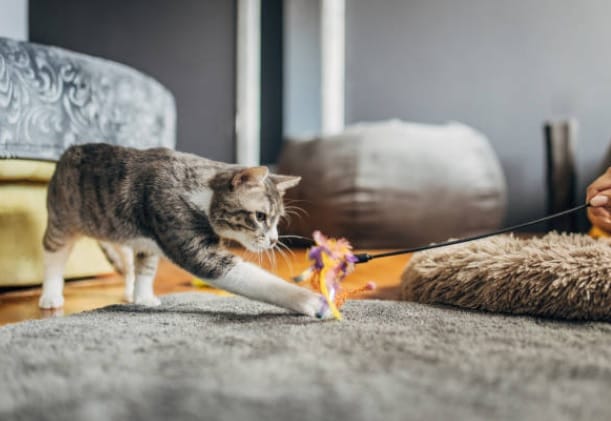Tips for Dealing with Aggressive Cats

Tips for Dealing with Aggressive Cats: A Guide to Understanding and Managing Feline Behavior. If you’re living with an aggressive cat, you know it can be frustrating—and maybe even a little scary at times. Trust me, you’re not alone. Many cat owners have been in your shoes, wondering why their sweet furball suddenly turns into a tiny lion. But here’s the thing: cats don’t get aggressive without a reason. The good news? With a little patience and understanding, you can manage and even reduce your cat’s aggression.
Let’s dive into why your cat might be acting out and, more importantly, what you can do to help them (and yourself) feel more at ease.
Understanding Cat Aggression: Why Do Cats Act Out?
First things first: aggression in cats isn’t just “bad behavior.” It’s often their way of communicating something that words just can’t express. Cats can act aggressively for several reasons, including:
- Play aggression: Young cats especially might bite or scratch during playtime because they’re excited and don’t know their limits.
- Fear-induced aggression: If your cat feels threatened, their fight-or-flight instincts kick in.
- Territorial aggression: Cats are big on boundaries. A new pet or person in their space can trigger them.
- Redirected aggression: Ever notice your cat getting upset after seeing another cat outside? That frustration can get directed at you or another pet.
Understanding the “why” behind your cat’s behavior is a big step toward solving the issue.
Common Signs of Aggression in Cats
Cats have their own unique way of showing aggression. Some telltale signs to watch for include:
- Body language: A puffed-up tail, flattened ears, or an arched back.
- Vocalizations: Growling, hissing, or yowling.
- Actions: Swatting, biting, or even just staring intensely at you or another animal.
If you spot any of these signs, it’s your cue to back off and give your cat some space.

Tips for Dealing with Aggressive Cats
How to React When Your Cat Is Aggressive
The most important thing? Stay calm. Cats pick up on your energy, and reacting aggressively yourself will only escalate the situation. Here’s what you should do instead:
- Pause and back away: Give your cat room to cool down.
- Avoid direct eye contact: To a cat, staring can feel like a challenge.
- Redirect their attention: Toss a toy or use a wand to channel their energy away from you.
Whatever you do, never punish your cat for being aggressive—it’ll only make them more anxious or fearful.
Proven Strategies to Reduce Cat Aggression
Managing an aggressive cat is all about creating a calm, safe environment and addressing the root cause. Here are some tips to help:
1. Create a Stress-Free Space
Cats love to feel in control of their environment. Make sure your home has plenty of safe spaces where your cat can retreat when they’re feeling overwhelmed. Think cozy beds, hiding spots, and even vertical spaces like cat trees or shelves.
2. Engage in Playtime
Sometimes, aggression is just a result of pent-up energy. Schedule daily play sessions with toys that mimic prey, like feather wands or laser pointers. Not only does this burn off energy, but it also strengthens your bond.
3. Use Positive Reinforcement
Reward good behavior with treats, praise, or pets (when your cat’s in the mood, of course). Positive reinforcement helps your cat associate calm behavior with rewards.
4. Minimize Triggers
Identify what’s setting your cat off and try to reduce those stressors. If it’s a neighborhood cat outside, for example, consider blocking their view or using calming pheromone sprays.

Tips for Dealing with Aggressive Cats
When to Seek Professional Help
Sometimes, aggression can stem from medical issues like pain or illness. If your cat’s behavior changes suddenly or seems extreme, don’t hesitate to consult your veterinarian. They can rule out health problems and may recommend a feline behaviorist for additional support.
Preventing Aggression: Tips for a Happier Cat
The best way to deal with aggression is to prevent it from happening in the first place. Here’s how:
- Start young: If you have a kitten, early socialization is key.
- Establish a routine: Cats thrive on predictability. Feeding, playtime, and bedtime should happen around the same time every day.
- Regular vet visits: Stay on top of your cat’s health with annual check-ups.
Remember, a happy cat is a calm cat!
Conclusion
Dealing with an aggressive cat can feel overwhelming, but understanding the root cause and taking small, consistent steps can make a world of difference. Patience is your best friend here—and so is showing your cat that they’re loved, even when they’re acting out.
If you’re struggling with your cat’s behavior, don’t be afraid to ask for help. Whether it’s from a vet, a behaviorist, or even an online community, you’re not alone in this journey. With time, effort, and a whole lot of love, you can create a peaceful, happy home for both you and your feline friend.
How to Introduce a Pet to a New Baby
Pet-Proofing Your Home: Tips for Keeping Your Furry Friends Safe









